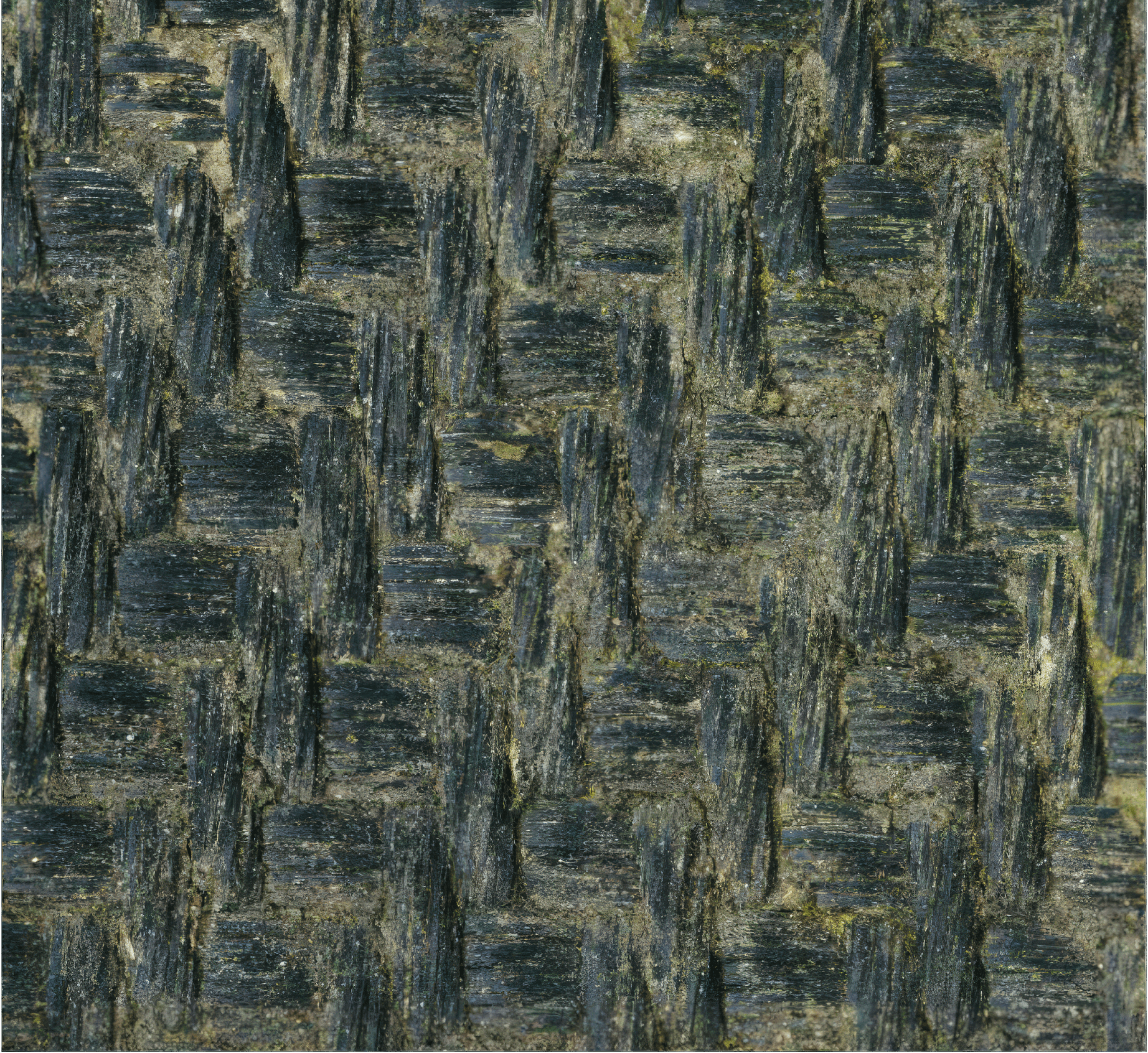
How durable are GEOTUBE units in engineering projects?
One of the most crucial considerations in civil engineering projects involving geotextile tubes is the durability and performance of these tubes over the design life of the project. Ensuring that these materials maintain their integrity and functionality over time is essential for the success and safety of engineering applications. This article delves into the specifics of a project in Vietnam where GEOTUBE® units were installed and assessed over a span of nine years.
Project overview in Vietnam
A project in Vietnam saw the installation of GEOTUBE units in 2014. These tubes were part of a significant infrastructure initiative aimed at improving soil stability and managing water flow in an environmentally sustainable manner. GEOTUBE units, with a linear combined length of 27km, served as reclamation bunds, allowing sea crossing bridge construction works to be carried out on dry land conditions. It was environmentally sustainable because, with time dimension introduced into the topic, it showed that GEOTUBE fabric structure does not disintegrate under direct weathering conditions. Now, after nine years, this project has reached the end of its service life, providing a unique opportunity to assess the long-term durability of the materials used. Once GEOTUBE units served their function throughout the project's designed lifespan, they can be either demolished and recycled or buried underground to serve as an embankment core.
Periodic testing and observations Over the past four to five years, we have conducted periodic visits to the site to collect samples and perform comprehensive testing. These efforts have offered valuable insights into how the geotextile tubes withstand environmental exposure over time. By revisiting the site at regular intervals, we were able to observe changes and trends in the material's condition, which are critical for understanding its long-term performance.

GEOTUBE container 9 years weathering fabric Close-up view
Material analysis and findings
The samples displayed here include magnified views of the woven tube material, comparing its condition ex-factory to its state after nine years of full exposure. The key observations include:
Sand and silt entrapment: The GEOTUBE units exhibited noticeable sand entrapment, indicating effective filtration performance. This is particularly important in geotechnical applications where the prevention of fine particles from passing through is crucial for maintaining soil stability.
Material flexibility: Despite prolonged exposure, the geotextile fabric remained flexible, highlighting its resilience. Flexibility in geotextile materials is essential for adapting to ground movements and settling without compromising structural integrity.
Elongation: The tubes showed more elongation in the circumferential direction than in the longitudinal direction, suggesting that the material adapts to environmental stresses differently based on orientation. This differential elongation could inform future design improvements, ensuring that the material can better handle multidirectional stresses.
Strength retention under UV exposure
One of the critical aspects of our study involved exhuming and testing the in-situ material after nine years of exposure. The results indicated only a 25% loss in tensile strength, even under high UV exposure conditions. This minimal degradation underscores the material's robustness and reliability for long-term applications. High UV exposure is a common challenge in many parts of the world, and materials that can withstand such conditions are invaluable for projects in these regions.
Comparative analysis: virgin vs. exposed material
To provide a comprehensive understanding of the material's performance, we compared the tensile strength of virgin, unexposed geotextile fabric with that of the fabric exposed for nine years. Initially, the tensile strength of the fabric was at 100%. After nine years of direct outdoor exposure, the tensile strength remained at 74%. This comparison highlights the durability of the geotextile tubes and their ability to retain a significant portion of their strength despite prolonged exposure to harsh environmental conditions.
Implications for engineering projects
These findings provide significant assurance to our clients and the broader engineering community regarding the durability of GEOTUBE units. The demonstrated ability of these tubes to maintain their performance over nearly a decade of exposure ensures that they can meet and often exceed project design criteria. For engineers, this data is invaluable for making informed decisions about material selection and project planning, especially in environments subject to extreme conditions.
Virgin exposed geotextile fabric: Initially, the tensile strength of the fabric was at 100%.
Nine years of exposure: After nine years of direct outdoor exposure, the tensile strength remained at 74%.
Conclusion
The evaluation of GEOTUBE units after nine years of exposure in Vietnam offers compelling evidence of their durability and effectiveness. For engineers considering geotextile solutions, these results affirm the viability of these materials for long-term, high-performance applications. The insights gained from this project can inform future developments in geotextile technology, leading to even more resilient and reliable materials.
Explore more blogs
View allDo geosynthetic clay liners require prehydration?
What are the key considerations in designing reinforced soil slopes?
A technical overview of reinforced soil slopes (RSS) in geotechnical engineering, focusing on design, erosion control, and innovative materials for slope stability.